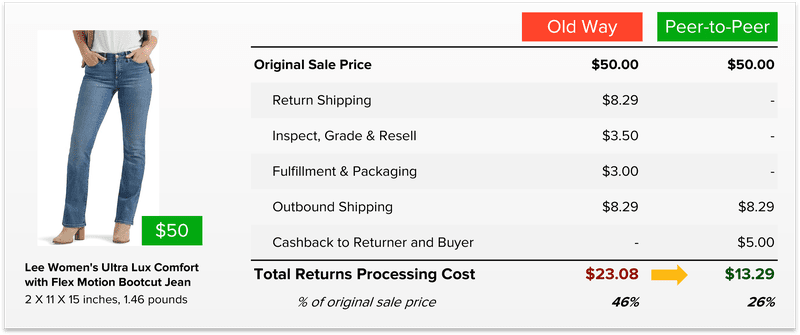2025 NMFC Changes for LTL Freight Shipments (Improved Classification)

Last updated on February 4, 2025

The National Motor Freight Classification (NMFC) system was established in 1936 to standardize Less-Than-Truckload (LTL) shipping. It uses a uniform system for classifying commodities to ensure consistency and fairness in pricing and handling. The NMFC system is undergoing a significant transformation for the first time in decades. Starting July 19, 2025, the industry will begin a multi-phased shift to a predominantly density-based classification system to achieve greater clarity and efficiency for all stakeholders in the LTL supply chain.
Traditionally, the NMFC has evaluated freight based on 4 characteristics: density, stowability, handling, and liability. While comprehensive, this complex system leads to frequent misinterpretations and disputes between shippers and carriers (which can drag out for years). The 2025 update intends to streamline this process by using density as the primary means for classifying the vast majority of freight shipments, while the remaining 3 characteristics will be reserved for classifying only the more complicated commodities. Let’s look at each in more detail:
- Density refers to how much a shipment weighs compared to the space it occupies. Higher density typically results in a lower freight class and lower shipping costs because these shipments take up less space on a truck. For example, a small box of steel parts weighing 200 pounds in a small cubic space is denser than a large box of pillows weighing 200 pounds.
- Handling considers how easy or difficult it is to move freight. Heavy, fragile, oddly shaped, or hazardous items often require special handling, increasing the freight class and, thus, the cost. For example, a granite countertop may need extra care due to its weight and fragility, while a box of sand is easier to manage despite being dense.
- Stowability refers to how well the shipment fits in the carrier’s space (e.g., a 53-foot trailer). Again, size, shape, or transportation restrictions on certain items (e.g., hazardous materials) can make freight more challenging to load on a truck (think about a poorly played game of Tetris), leading to higher costs. For example, a shipment of pipes with irregular protrusions may leave unusable gaps in the truck. In contrast, neatly packed boxes fit more efficiently, allowing for the truck to move more items in a given move from point A to point B.
- Liability measures the risk associated with the goods, including susceptibility to damage, potential to harm other goods, perishability, and/or hazardous considerations. For example, a shipment of fresh produce is perishable and requires more careful handling and faster transit than a carton of vitamins, which is durable and lower risk.
Key Changes Coming in 2025
The new NMFC structure introduces several significant changes, notably the expansion of the density scale. Moving from 11 subprovisions to 13, the system now includes classes 50 and 55 for heavy, dense products. Approximately 5,000 commodity listings will be affected, with an estimated 3,500 single-class items moving to the new subcategories.
The updated classification system maintains all 4 of the transportation characteristics. Still, as noted above, it aims to simplify the classification process by defaulting to density-based classification when NO special handling, stowability, or liability concerns are known. In addition, products requiring special consideration will be marked with a new unique identifier, making it easier to identify freight that needs additional attention.
The transition begins with the public release of Docket 2025-1 on January 30, 2025, and the final implementation becomes effective on Saturday, July 19, 2025. Docket 2025-1 is the list of NMFC codes considered for class changes based on the new density scale (nearly 40%). Once the list is finalized, changes will be made before the effective date.
Impact on Shippers and Third-Party Logistics (3PL) Companies
The simplified system should make identifying the correct freight classes for most shipments easier but still rely on accurately measuring and reporting “handling unit” dimensions and weight (pallet length, width, height, and weight) used to calculate density. In short, Shippers and 3PLs can multiply length x width x height in inches, divide by 1,728 to convert cubic inches to cubic feet, and then divide the shipment weight by the cubic feet to determine pounds per cubic foot (PCF). Don’t forget to include the ~6-inch height and ~30-pound weight of the pallets. Carriers will still remeasure/reweigh and reclass/rebill for underreported shipment details.
Preparing for the Transition
To prepare for these changes, organizations should:
- Train Personnel: Educate staff on density calculations and measurement techniques. Providing training in advance will help reduce errors.
- Start Now: Begin creating shipments with accurate dimensions and weights now (if it’s not already being done), so it becomes second nature and prevents tendering delays later.
- Assess Current Shipping Pricing: Evaluate historical shipment pricing and contact carriers to identify areas where the updated density-based classifications might affect pricing.
- Implement Reliable Processes: Establish workflows to ensure every shipment is measured, weighed, and documented correctly before leaving the dock. Documenting shipments early could help resolve disputes more quickly.
Summary
While the initial transition may present challenges, the long-term benefits of modernizing the NMFC system may be considerable. The simplified, standardized approach should reduce classification errors (and thus, disputes), improve and quicken communication between parties, and create a more efficient LTL shipping workflow. Future dockets beyond 2025-1 will continue to refine the system, particularly for freight with specific handling, stowability, or liability requirements. Guidance on the timing of future dockets (NMFC improvements) has not been announced.

Up to 64% Lower Returns Processing Cost


 5 minutes
5 minutes